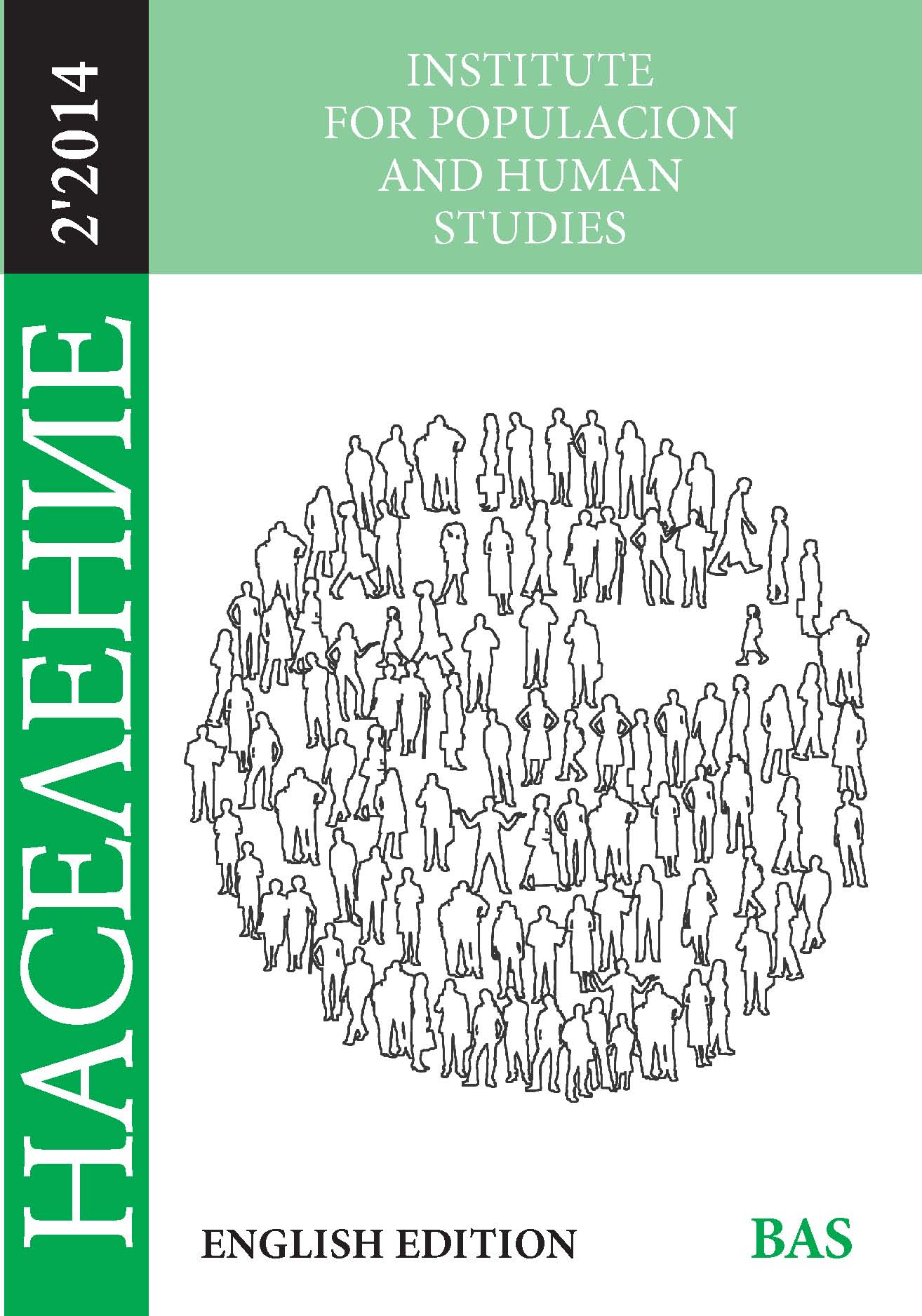Methodological aspects in the study of period and cohort fertility (in a period of change of pattern of age-specificfertility)
Methodological aspects in the study of period and cohort fertility (in a period of change of pattern of age-specificfertility)
Author(s): Stanislava NikolovaSubject(s): Social Sciences, Sociology, Demography and human biology
Published by: Институт за изследване на населението и човека - Българска академия на науките
Keywords: period and cohort fertility; childbirth postponement; adjusted indicators; completed cohort fertility; projections.
Summary/Abstract: This study presents a review of traditional and latest fertility research methods, whereas more particular attention is focused on aspects, which are related to the process of childbirth postponement. As large part of the developed countries has shown low fertility levels over the last decades, we are witnessing the reoccurrence of the debate over the period fertility measures and the interpretation thereof. Studying the process of fertility just on the basis of period measures such as the total fertility rate would hurdle any in-depth studies of all its characteristics and determinants. This may lead to a distortion in the conclusions and inferences as to the present and even more so the future women’s fertility behaviour. As the issue concerning the process of postponement of parenthood and its long-term consequences on the level of fertility is so relevant, a number of methods were developed over the last years analysing this process in a variety of aspects. The objective of this study is to make a brief overview of the methods developed over the last years, not claiming, however, to be exhaustive, aimed at correcting the period and the cohort fertility measures and at projections of completed fertility of the cohorts of women still in reproductive age. The adjusted measures obtained are more precise fertility indicators than those observed in a given year. At the same time, the cohort fertility analysis in the context of transition to childbirth postponement and possible subsequent resumption of postponed childbirth would make a good fundament to develop precise fertility development projections and correct political decision making to alleviate the consequences of the now observed low levels of fertility through the decades to come.
Journal: Население
- Issue Year: 2014
- Issue No: 2
- Page Range: 58-82
- Page Count: 25
- Language: English
- Content File-PDF

